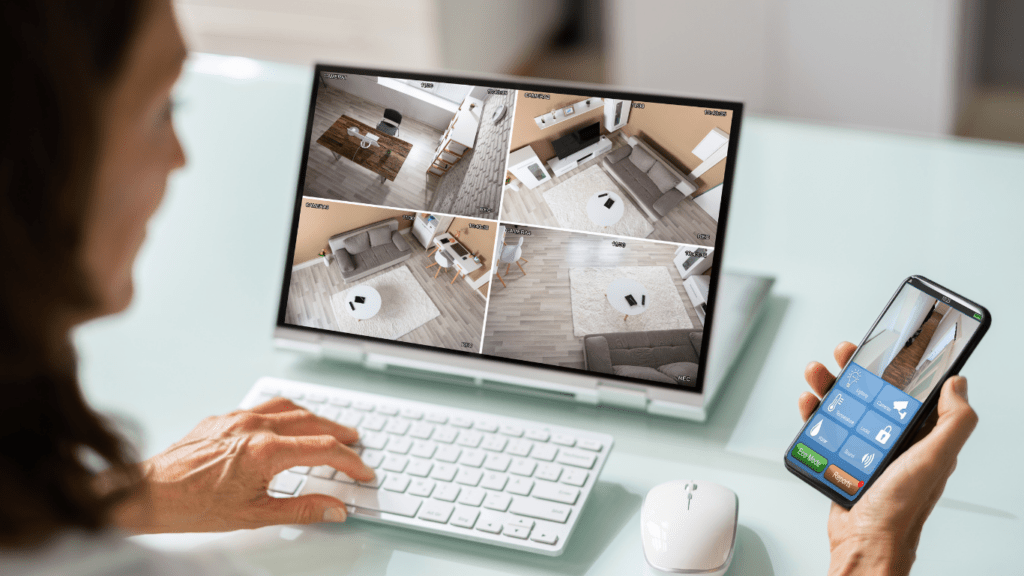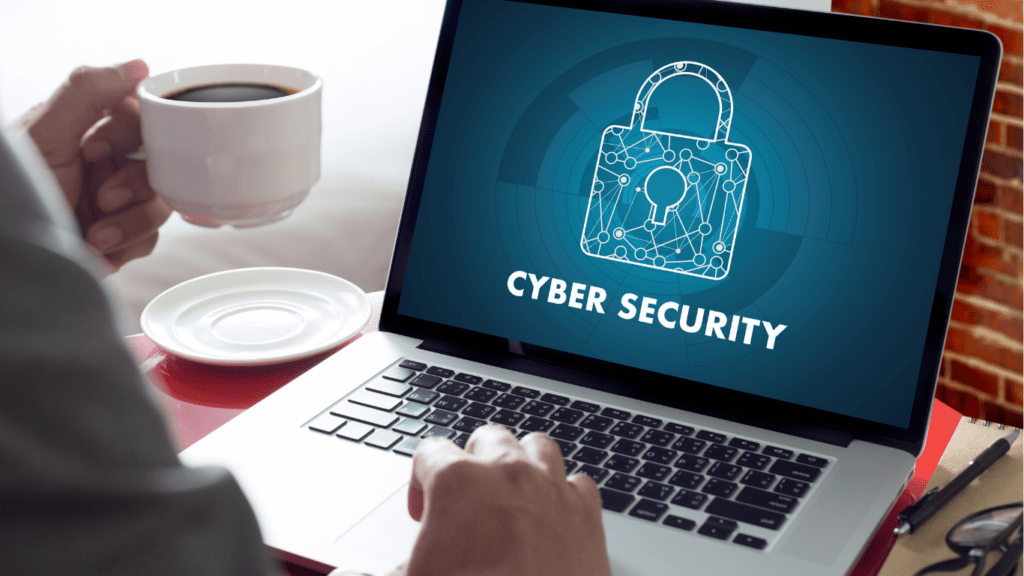Smart devices have become a part of our daily lives, making everything from turning on lights to ordering groceries as easy as a voice command. They promise convenience, efficiency, and even a touch of luxury. But as I rely more on these gadgets, I can’t help but wonder—what’s the real cost of this convenience?
Understanding The Privacy Vs. Convenience Debate
Smart devices offer unmatched convenience by automating tasks and personalizing experiences. Devices like smart speakers, fitness trackers, and security cameras simplify daily routines while providing seamless integration across systems. For instance, smart speakers can adjust room lighting with voice commands, saving time and effort.
The tradeoff lies in the data collected to enable these functions. Many smart devices continuously gather information, including:
- user interactions
- location
- conversations
This data helps improve device performance but raises questions about where and how it’s stored or shared. Transparency in data handling practices often varies between manufacturers.
Privacy concerns are amplified by the potential misuse of collected data. Unauthorized access, data breaches, or sharing with third parties for targeted advertising are common risks. Users exchanging privacy for customized features may not fully understand these implications.
Balancing privacy and convenience depends on understanding device capabilities and how data is managed. Vetting device settings, disabling unnecessary features, and reviewing permissions can reduce risks while retaining functionality.
How Smart Devices Collect Your Data
Smart devices collect extensive data to deliver personalized features and improve functionality. This process often involves monitoring user behavior, preferences, and environmental factors.
Types Of Data Gathered
Smart devices gather several categories of information. Personal data, like names, email addresses, and phone numbers, helps link accounts and verify user identities. Behavioral data, including usage patterns and app preferences, allows devices to predict needs and automate tasks. Location data, often tracked through GPS, provides services like navigation and geotag-based suggestions. Audio recordings, captured by voice assistants like Alexa or Google Assistant, process queries and commands. Environmental data, such as temperature or lighting settings, optimizes smart home systems. Devices also collect metadata, including timestamps and device interactions, to enhance system efficiency.
Common Devices Involved
- Various smart devices contribute to data collection.
- Smartphones track location, app usage, and communication details via integrated apps and sensors.
- Smart home devices, like thermostats, cameras, and speakers, monitor living patterns and environmental conditions.
- Wearable gadgets, such as smartwatches and fitness trackers, log health metrics, sleep data, and movement activities.
- Smart TVs and streaming devices gather viewing preferences and streaming history.
- Connected appliances, including refrigerators and washing machines, record usage habits to optimize performance.
The Risks Of Being Spied On

Smart devices bring unparalleled convenience but also expose users to potential privacy vulnerabilities. Understanding these risks is crucial to making informed decisions about their usage.
Potential Privacy Breaches
Data collected by smart devices can be susceptible to breaches. Hackers targeting improperly secured systems may access personal information, including passwords, location data, and financial details. For instance, a 2021 study by IBM found that the average cost of a data breach was $4.24 million, underscoring the financial impact on individuals and organizations.
Devices relying on voice commands, like smart speakers, often process audio recordings on external servers. If attackers intercept this data, sensitive conversations may be exposed. Additionally, metadata collected from devices, such as patterns of usage or device interconnections, can reveal details about daily routines or personal habits.
Implications For Personal Security
Compromised smart devices pose direct threats to personal security. Exploited security vulnerabilities in items like smart locks or connected cameras could grant unauthorized individuals access to homes. For instance, a 2019 Avast survey revealed that over 40% of IoT devices worldwide had insecure credentials, emphasizing widespread risks.
Businesses using connected devices risk more significant breaches, exposing customer data or internal operations. Misuse of personal behavioral data by third parties for profiling or targeted advertising further erodes trust. All these factors highlight the critical balance between leveraging smart technology and safeguarding one’s privacy and security.
The Convenience Factor: Why We Keep Using Them
Smart devices offer unparalleled ease in managing daily tasks, making them integral to modern life. Despite privacy concerns, their ability to simplify routines drives continued adoption.
Everyday Benefits Of Smart Devices
Smart devices streamline household and personal activities. Smartphones enable instant communication, while smart home assistants manage schedules, control appliances, and provide real-time information. Wearables, like fitness trackers, monitor health metrics such as heart rate or sleep patterns, promoting wellness. Smart TVs deliver targeted content suggestions, improving entertainment experiences. Connected kitchen devices, like smart refrigerators, notify users about inventory and expiration dates to reduce waste. Each feature saves time and effort, creating value for users.
Balancing Functionality And Privacy
Maintaining functionality doesn’t mean ignoring privacy. Adjusting app permissions, disabling unnecessary features, and using encrypted networks helps secure personal data without sacrificing usability. For example, voice activation can often be switched off on smart speakers when not in use. Regularly updating device firmware reduces vulnerabilities by patching security flaws. While convenience remains a priority, actively managing privacy settings mitigates risks linked to data collection and potential breaches. This approach ensures devices enhance quality of life without compromising security.
Ways To Protect Your Privacy
Protecting privacy while using smart devices requires intentional actions and knowledge of available tools. These methods help minimize data collection risks and secure personal information.
Adjusting Device Settings
Altering device settings reduces unnecessary data sharing. I frequently disable features like location tracking, voice activation, and camera access when they’re not in use. Revisiting app permissions ensures only essential apps access sensitive data. For example, I limit microphone and camera permissions on social media apps unless actively needed. Privacy dashboards, available on many devices, let me monitor and modify data-sharing preferences. Enabling automatic updates ensures the latest security patches safeguard my devices.
Exploring Alternative Tools And Solutions
Using privacy-focused tools can enhance security. I rely on encrypted messaging apps like Signal instead of conventional platforms to protect my communications. Privacy-oriented search engines, such as DuckDuckGo, limit data tracking compared to standard options. When using smart home devices, I select brands with strong privacy policies and robust encryption protocols. Virtual Private Networks (VPNs) shield my internet activity from third-party tracking by masking my IP address. Independent hardware, such as offline assistants, offers convenience while minimizing data collection by big tech companies.



